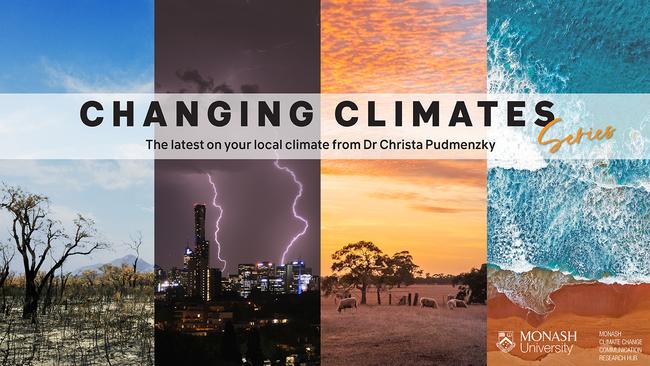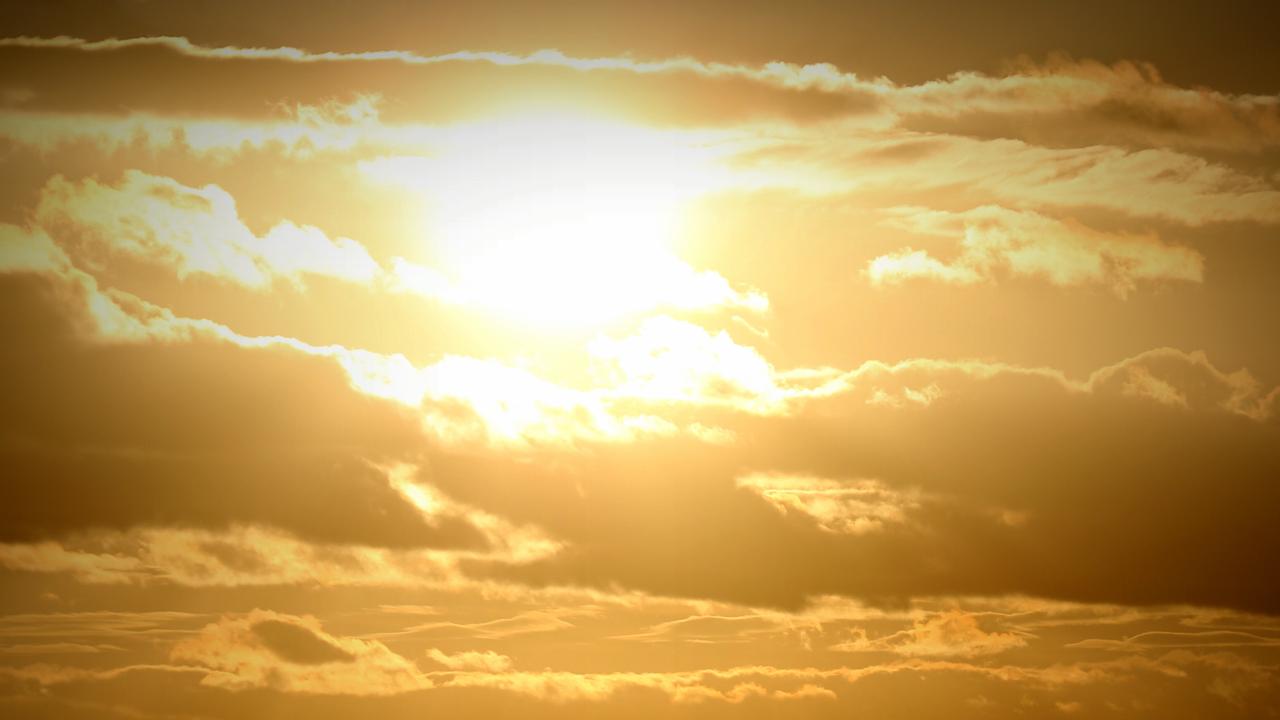From crops to bushfires, exploring Australia's dance with El Nino
With Australia being on an El Nino watch, Dr Christa Pudmenzky explains what it is, and what it means for the months ahead.

HyperLocal
Don't miss out on the headlines from HyperLocal. Followed categories will be added to My News.
Australia is known for its variable and often extreme climate.
One of the strongest drivers of climate variability is El Nino.
Spanish for 'The Boy', El Nino refers to a climatic dance between the ocean and the atmosphere, which affects weather patterns across the Pacific, including Australia.
During El Nino, the Trade Winds – which blow across the Pacific – weaken and allow warm water to pile up in the east, away from Australia.
This leaves cooler than normal ocean waters to the north and east of Australia, which reduces rain cloud formation and has knock-on effects for weather systems crossing the eastern states.

El Nino is normally associated with below-average rainfall, higher temperatures, and the increased likelihood of drought, especially across eastern Australia.
Historically, El Ninos happen approximately every three to eight years, with the most recent occurring in 2015.
However, human-induced climate change is further amplifying the impacts of this event.
While this warmer weather may seem like a blessing after three years of record-breaking rain and major flooding, El Nino comes with its own set of challenges.
A grainy situation: El Nino's impact on agriculture
With the likelihood of more dry conditions on the horizon, Australia's agriculture is at particular risk.
And sensitive crops, like wheat, will be the first to feel the heat.
Australia is a major exporter of wheat, with over half of our cropland being used to grow this grain.
During the El Nino of 2002-03, wheat yields dropped by almost half, and total crop production fell by 40 per cent, costing our economy billions of dollars.
This year, farm exports are forecast to fall by 17 per cent as drier conditions take hold.
A reduction in crop yield could also potentially contribute to higher food prices at a time where many are already suffering from the cost-of-living crisis.
Fanning the flames: El Nino and bushfires
Alongside impacts on our farms, lower rainfall and higher temperatures also increase the risk of a more severe fire season.
For instance, in Queensland, 93 per cent of past El Nino years had below-average spring rainfall.
During these years, spring rainfall was, on average, 38 per cent below normal levels.
Some of our most severe summer fires have followed El Nino years, including Ash Wednesday in February 1983, as well as the 2002-03, and 2006-07 fires.
Additionally, the last three years since Black Summer have had higher than usual rainfall and flooding, which has promoted substantial grass growth across previously burnt areas.
These forests and grasslands are now densely stacked with young trees and scrub that are likely to dry out under drier and hotter El Nino conditions.
This creates a powder-keg situation with a large fire load primed to burn if we experience very dry spring and summer seasons.
In fact, the Australasian Fire Authorities Council has already issued warnings of increased risk of bushfire for large areas of the Northern Territory, Queensland and NSW, as well as regions in Victoria and South Australia.

However, the arrival of El Nino is not all bad.
For example, Queensland is likely to experience a delayed monsoon season, and is much less likely to see tropical cyclones during El Nino years.
This means a far lower likelihood of major damage and flooding that usually accompany these cyclones.
And, these risks can be further mitigated with the appropriate preparation.
Adapting to El Nino: Small steps, big impact
While we can't avoid El Ninos, we can do our part to limit the impacts of human-caused climate change that are likely to affect the impact of these climate systems.
Treading lightly and limiting our carbon footprint by taking public transport and electrifying our homes is a great first step.
We can also be mindful of our water usage by turning off taps, mending leaks and taking shorter showers, especially in times of drought.
And, for those who live in fire prone areas, preparing your property by removing flammable materials like dried leaves and trimming overgrown vegetation can help reduce the likelihood of devastating fires.
Together, we can create a resilient future for Australia and weather El Nino together.
Want more information on how your climate is changing? Check out the last article in this series.
Dr Christa Pudmenzky is a climate scientist at the University of Southern Queensland.
This column is part of a collaboration between Monash University and News Corp to deliver hyperlocal weather and climate information.


